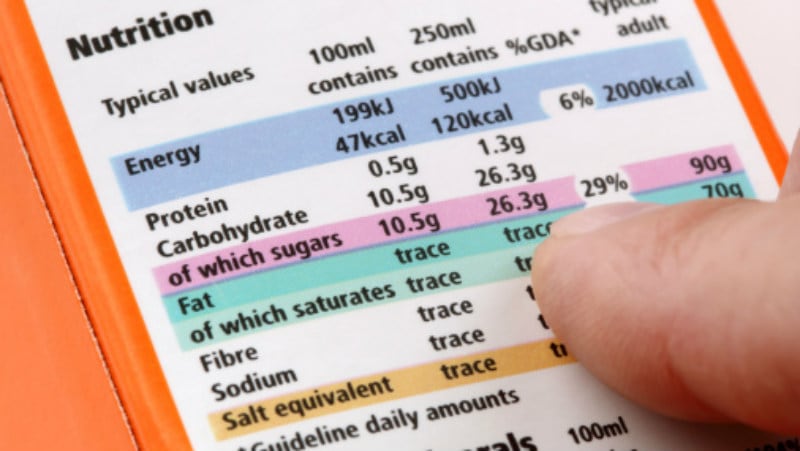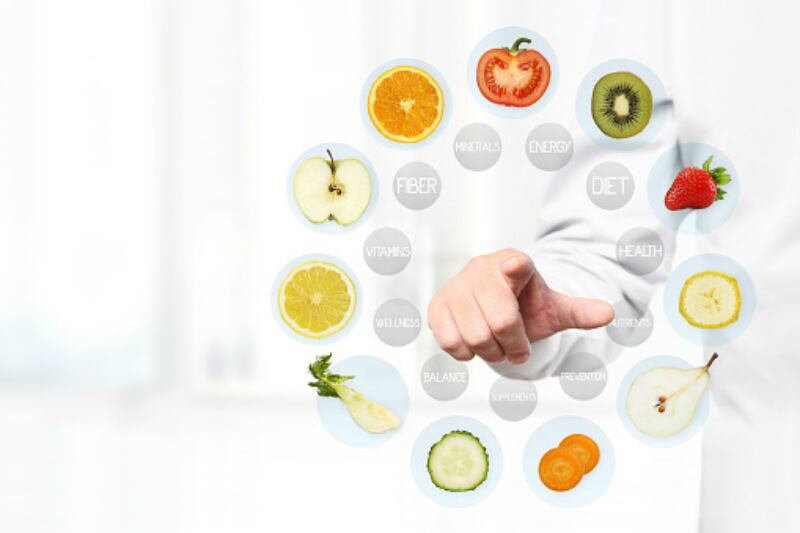The guidelines were issued by South Korean Minister of the Ministry of Food and Drug Safety (MFDS) Professor Lee Eui-Kyung.
“These Nutrition Labelling Guidelines provide [information] at a glance explaining how to include nutritional ingredients on labels, for the utilisation of the food industry,” said Lee via a formal statement.
“These have been divided into 10 steps for easy checking and implementation by [food businesses] at each step.”
The 10 steps were: 1) Checking for existing nutrition labelling on the product, 2) Deciding on nutrients to be displayed in the label, 3) Calculating specific nutrient content, 4) Confirming the labelling unit to be used, 5) Calculating nutrient content based on the selected unit, 6) Calculating percentage values relative to Nutrition Reference Values (NRVs) required per day, 7) Decide on the label location, size and formatting, 8) Display the nutrients as per step 7, 9) Double check to make sure the label adheres to requirements, 10) Final confirmation.
According to the guidelines, nutritional labelling units as per step 4 are determined based on ‘the total weight of the product, its packaging type, and the method of ingestion’.
A decision tree pictorial has also been included in these guidelines, which shows food companies how to make judgements whether to display content as per the total content of a package, per 100g/ml, per unit of content, or per intake reference.
“The provision of these guidelines are expected to help the food industry to address the difficulty of labelling foods, and [the government] plans to continue to provide more necessary information to the food industry to ensure compliance to proper labelling,” added Lee.
More specifics on the guidelines
The MFDS guidance document highlighted two major areas of focus for labelling: General nutritional information labelling which is about the nutritional ingredients content in the product; and Nutrient highlighting, which highlights when the content of certain nutrients in the product is less or more than product standard values (e.g. ‘low’, ‘high’ etc.)
“Nutrient highlighting can also be differentiated into Content labelling (e.g. no-fat/low-fat/high-protein) which states the nutrient levels; and Comparison labelling (e.g. less/more/enhanced/added etc.) which refers to nutrient levels in comparison with other products of the same type,” said MFDS.
MFDS is especially strict concerning low- or no-sugar claims, as can be seen from recent regulation changes.
More or less all forms of processed foods will require a detailed nutritional label to be attached, from beverages to retort foods, confectionary, bakery, instant foods, dairy, processed meats, health functional foods and more.
However, some exclusions do exist: For example, items that are ‘used as a raw material for food, livestock products, and health functional foods and not provided directly to the end consumer’, as well as products with a surface area of 30cm2 or less on packages or containers.
“If the item is a candy, for example, with a main display surface area of 30cm2 or less on the packaging/container of its minimum sales unit, the nutrition label can be omitted,” said MFDS.
Items to note
The ministry also specified a tolerance range for nutrients which food manufacturers need to adhere to to ensure compliance with current standards.
“For calories, sodium, sugars, fats and trans fats, saturated fats, and cholesterol, the actual measured value must be no more than 120% of the amount displayed on the label,” it said.
“As for carbohydrates, fibre, protein, vitamins, and minerals, the actual measured value must be at least 80% of the value displayed.”
No specific provisions were stated for nutrient content measurements, but ‘authorised analytical institutions’ and ‘in-house analysis’ could be used, as long as the error between the actual measurements were within the defined tolerances.
Violations of labelling rules could result in penalties between KRW200,000 (US$171.50) and KRW3mn (US$2,573), a corrective order, or business suspension.
Full details of the guidelines can be found at the MFDS website here.





